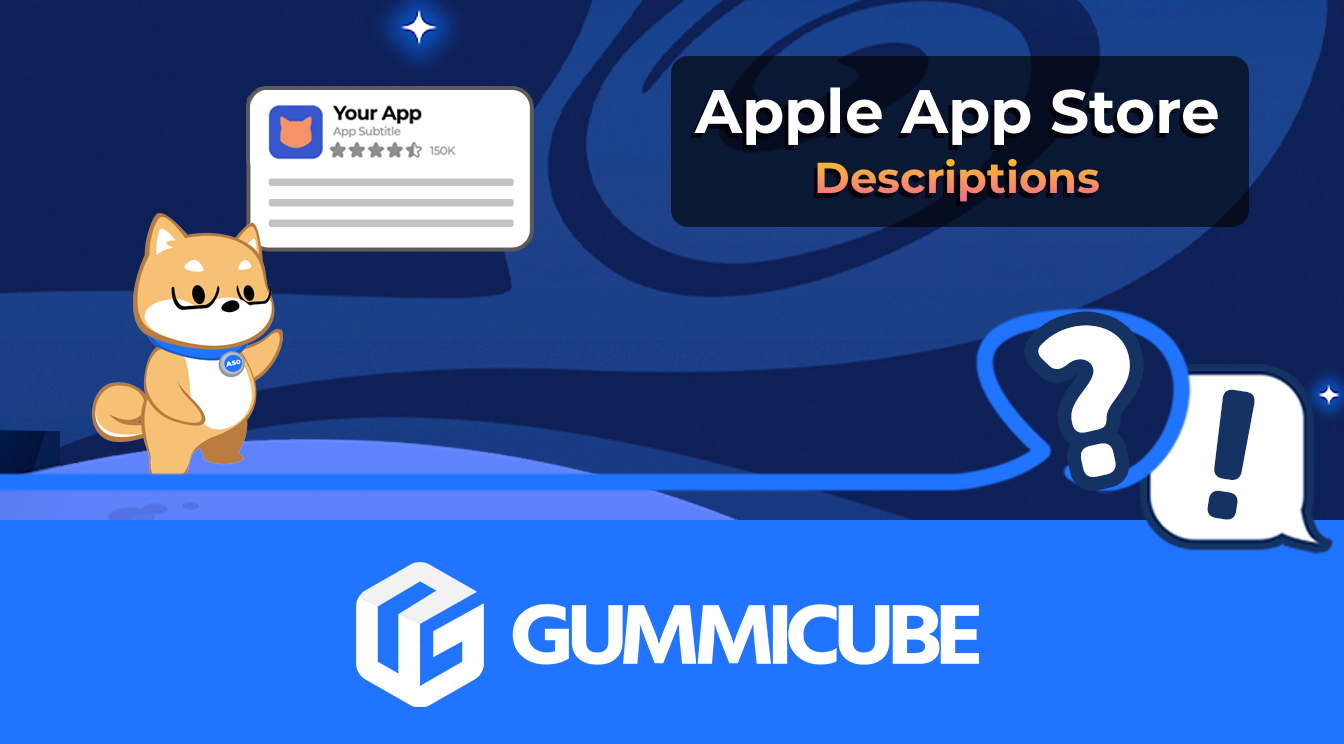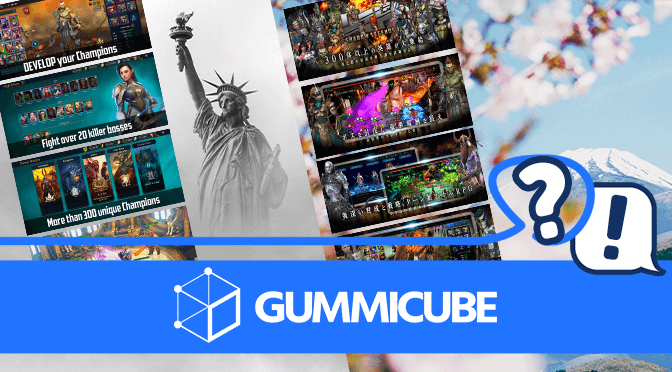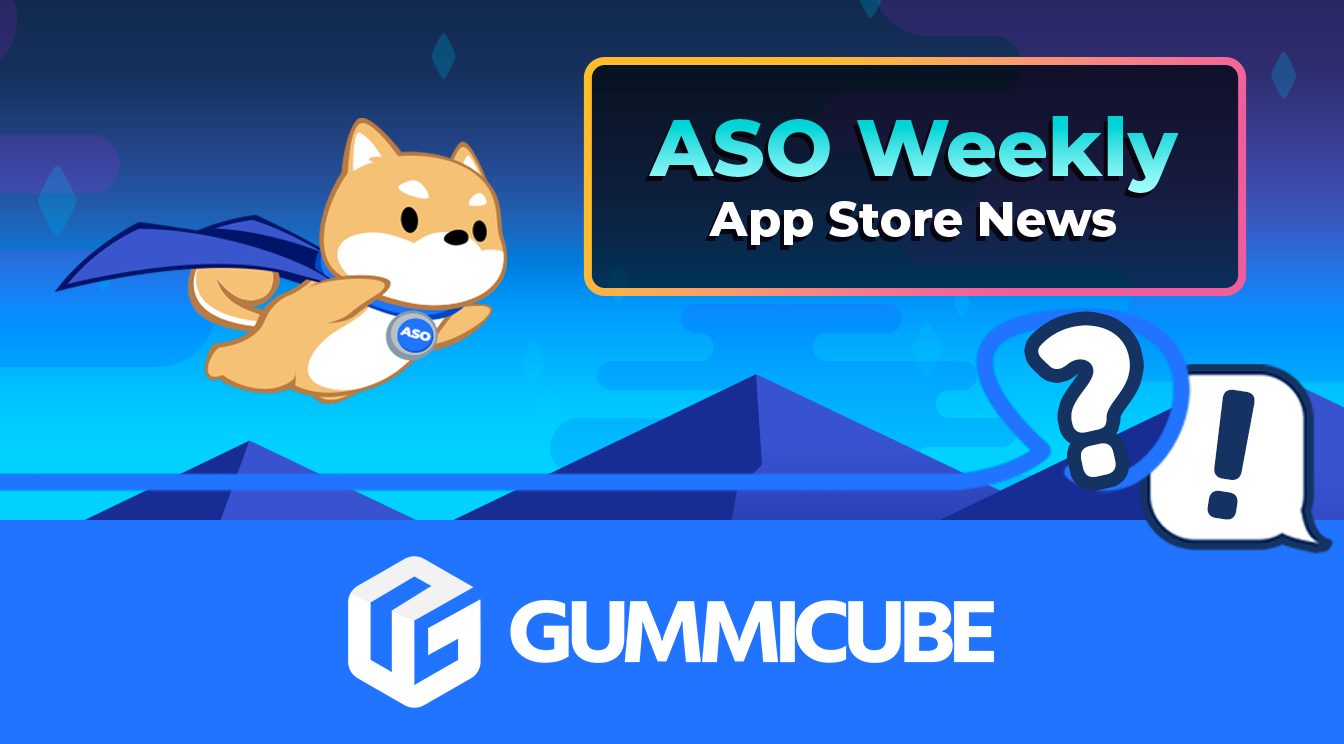
How to Write an Apple App Store Description
Posted on July 17th, 2024
Learn how to approach App Store descriptions the right way so you can effectively engage and convert users.

Apps and mobile game developers typically want to reach a worldwide audience. Getting users around the world to enjoy an app can be both profitable and fulfilling. In order to reach users overseas, they’ll have to localize their apps for each region. The localization process extends beyond the app itself – localizing an app’s ASO is also important, especially for mobile games trying to reach a wider audience.
Localization is important for mobile games to reach new audiences. Apple is aware of this, and is thus requiring games available on Apple Arcade to be available in at least 14 languages. These languages include Arabic, Chinese (traditional and simplified), Dutch, English, French, German, Italian, Japanese, Korean, Portuguese, Russian and Turkish.
While localizing in-app dialogue may be relatively simple for text-light puzzle games, more story-driven games typically have lengthier translation processes. This may involve translating puns, slang, word puzzles and other aspects that are language dependent.
Translating and localizing the game itself is only one aspect of the localization process. For an app to succeed in multiple territories, it should localize its App Store Optimization as well.
There are multiple aspects to consider when localizing a mobile game’s App Store Optimization. Each part of an app’s page is designed to appeal to users and the store’s algorithm, but what works well for the average user can change greatly by location.
Designs used in screenshots can perform very differently in varying locations. Naturally, the screenshots should use different languages in the callout text, but stylistic choices matter too.
For instance, mobile games in Japan and Korea typically include more intense design treatments characters or action than a US screenshot. Certain characters may appeal more to different audiences, or color schemes might evoke different feelings. It’s important to research and test for each region to see what designs perform best.
Localizing with iconography distinct to each location can help too. For instance, augmented reality games might want to ensure that any screenshots showing the AR features include scenery and locations localized to the region they’re in.
Localizing keywords is also of utmost importance. There are many reasons why simply running an app’s keywords in one language through a translator will provide suboptimal results.
First is the character count – the App Store provides 100 characters for the keyword bank, in addition to 30 characters for the title and subtitle. ASO best practices recommend utilizing the full space available. The exact number of keywords it will take to fill this space can vary based on the language.
For instance, an app could use 15 keywords to fill its keyword bank in English, but when it translates those 15 keywords to German, it fills up the character space with five. Those same keywords translated into Chinese characters could then leave 10 more characters empty, providing more keyword space to utilize. This is due to the character count of words in each language. It may even be that an app in America uses exactly 100 characters for its keywords, then has to rethink its keywords for England after localizing it has “color” replaced with “colour.”
The keywords should also have a high search volume for the territory they’re in. Just because a term is popular in one language doesn’t mean users will search for its direct translation around the world. It could be that a term has multiple possible translations, so the developers need to research what translated words and phrases are accurate for their app and have high search volume.
After choosing new keywords for each territory, the description should be adjusted to match. There are several things to consider when translating a description:
As with translating the game’s dialogue, developers should be cautious of phrases or slang that may not translate well. A skateboard game may want to lean into slang like “sweet kickflips” which would not make sense when translated into other languages.
Simply running a description through a translator can result in descriptions that read awkwardly. For instance, a Japanese mobile game localized for an English audience translated its description directly, resulting in odd-sounding lines like “Quickly, it is time to against the monsters!” What makes sense in one language may be grammatically incorrect in another.
Just as keyword length can change when translating between languages, so too can the description length. This can provide more or less space for the description to provide information about the game, depending on how long the original description is. Developers have 4,000 characters for their description, including things like legal disclaimers, contact info and privacy policies. Remember to keep each line in the description bite-sized so that users can quickly read it while scrolling through.
Apple Search Ads also offers localization features. This includes multiple territories and languages. Developers should consider carefully what territories they want to invest their marketing budget in and ensure their ads are designed for those territories, including creative sets using localized screenshots and targeting keywords that perform well in those territories.
Reiterating and improving is an important aspect of App Store Optimization. For apps and mobile games localized for multiple languages and territories, this requires looking at the game’s performance in each region and adjusting accordingly.
As different locations have different tastes and trends, an app’s localized versions can change significantly over time. The important thing is that each app is optimized for the best performance in each territory.
Localization can be a time-consuming process. Each territory an app is available in requires its own App Store Optimization, including analyzing performance and identifying the best performing keywords, designs and trends. In the end, it’s worth the effort for any mobile game that wants to reach an overseas audience, whether they’re available as part of Apple Arcade or are trying to compete in the App Store globally.
Want more information regarding App Store Optimization? Contact Gummicube and we’ll help get your strategy started.

Learn how to approach App Store descriptions the right way so you can effectively engage and convert users.

Learn how to grab your audience's attention through effective and engaging app store preview videos.

Welcome to this week’s ASO Weekly - The App Store halts gambling ads amidst outcry and the Apple takes a bite out of NFT app sales.